Researchers Uncover Flaws in Red Light Camera Research. Again. Still.
University of South Florida researchers have uncovered fundamental flaws in the first U.S. study that claimed red light cameras decrease accidents. Since 2001, the insurance industry’s report on the benefits of red light camera use in Oxnard, California has been cited by hundreds of cities as the basis for the adoption of photo enforcement. Researchers Barbara Orban, Etienne Pracht and John T. Large attempted to replicate these findings and discovered that the Oxnard numbers, intended to serve as the model of peer-reviewed scholarship, simply don’t add up. “The regression analysis of [Oxnard study authors Richard] Retting and [Sergey] Kyrychenko does not support their conclusion that red light cameras reduced total or injury crashes,” the University of South Florida team wrote in the American Journal of Public Health last month. This sounds familiar…
In 2004, North Carolina A&T University Professor Mark Burkey was the first to publish a detailed critique of the methodology used in the Oxnard report [see: page 13]. The Florida researchers verified Professor Burkey’s findings.
“The Oxnard red light camera study violates many basic principles of sound statistical public health research and lacks internal and external validity,” the Florida researchers concluded. “All red light camera investigations should be scrutinized for adherence to applied research methods since studies with greater adherence to quasi-experimental research designs have concluded red light cameras are associated with large increases in crashes and since special interest groups with a financial stake in red light camera use are actively working to influence public opinion and policy.”
A number of observers have pointed to conflicts of interest involved in the Oxnard study. The Insurance Institute for Highway Safety funded the research which, in turn, helped its parent companies collect millions in additional profit. Because widespread installation of cameras has increased the number of photo tickets issued in California, each of which carries license points, these companies have been able to collect substantially higher annual insurance premiums. In 2001, the former majority leader of the US House of Representatives slammed the Oxnard study’s primary author for not disclosing his own fundamental conflict of interest.
“Before joining the Insurance Institute for Highway Safety, Retting was a top transportation official in New York City at the time the city began looking into becoming the first jurisdiction in the country to install red light cameras,” a 2001r eport from the Office of the House Majority leader stated that, “In other words, the father of the red light camera in America is the same individual offering the ‘objective’ testimony that they are effective.”
As of September 29, Retting was no longer employed by the Insurance Institute. He now works for Sam Schwartz Engineering, a toll road consulting firm.
[Read an extract from the new study at thenewspaper.com]
More by The Newspaper
Latest Car Reviews
Read moreLatest Product Reviews
Read moreRecent Comments
- Corey Lewis It's not competitive against others in the class, as my review discussed. https://www.thetruthaboutcars.com/cars/chevrolet/rental-review-the-2023-chevrolet-malibu-last-domestic-midsize-standing-44502760
- Turbo Is Black Magic My wife had one of these back in 06, did a ton of work to it… supercharger, full exhaust, full suspension.. it was a blast to drive even though it was still hilariously slow. Great for drive in nights, open the hatch fold the seats flat and just relax.Also this thing is a great example of how far we have come in crash safety even since just 2005… go look at these old crash tests now and I cringe at what a modern electric tank would do to this thing.
- MaintenanceCosts Whenever the topic of the xB comes up…Me: "The style is fun. The combination of the box shape and the aggressive detailing is very JDM."Wife: "Those are ghetto."Me: "They're smaller than a Corolla outside and have the space of a RAV4 inside."Wife: "Those are ghetto."Me: "They're kind of fun to drive with a stick."Wife: "Those are ghetto."It's one of a few cars (including its fellow box, the Ford Flex) on which we will just never see eye to eye.
- Oberkanone The alternative is a more expensive SUV. Yes, it will be missed.
- Ajla I did like this one.



















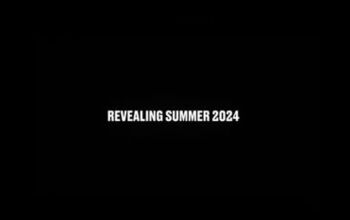
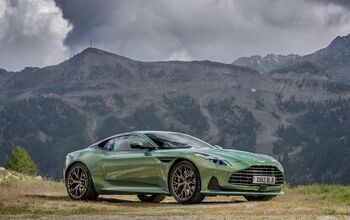
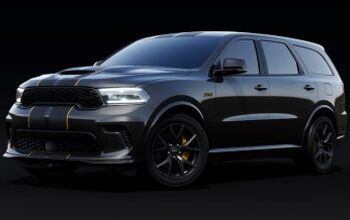
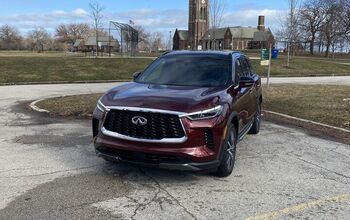
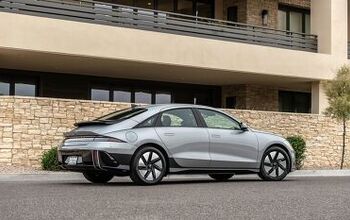

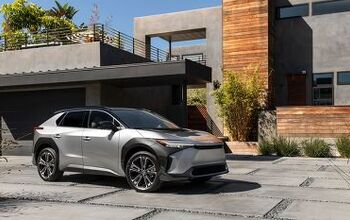




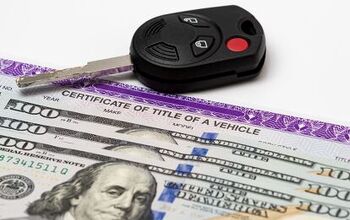

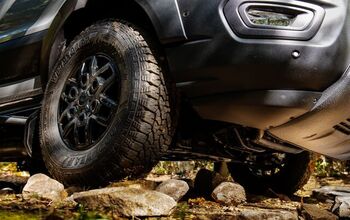
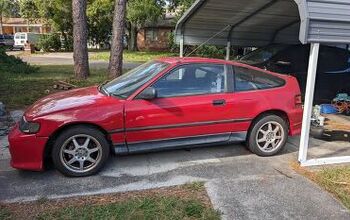
Comments
Join the conversation
Quoting Pch101: "I’ll say this again — if you want to increase compliance with red lights, the easiest ways to achieve that are to standardize the length and, in many cases, extend the timing of the yellow light." Well, how long would the yellow light phase have to be, to satisfy you that a cash grab is not taking place? Would you expand the use of the yellow light so it's on more than the red and green lights? My observation is that yellow lights are plenty long enough for people driving at the speed limit. Those speeding are forced to make a choice within a limited amount of time whether they can safely stop or must proceed. The faster they're going, the more time they need to make the decision because it will take them longer to stop. And so the faster they're going the more likely they are to go through on the yellow because they can't stop in time. So the speeders think a longer yellow will benefit them. Of course, if they're in the cross streets being stopped to accommodate this, they'll get mad about how long it takes the lights to change. How about eliminating the yellow light entirely? Red lights would be much easier to stop for if people weren't speeding to begin with. Notwithstanding the claim the speed limits are a cash grab also, of course. I don't know if they still do this, but in England in the 70's, they used the yellow light to let drivers stopped at red lights know that the light was about to turn green. The sequence was: red->red+yellow->green->green+yellow->... So drivers were ready to go when the light changed. Why not switch the use of the yellow light? Why not use it for both starting and stopping? Why not eliminate it entirely? Random timing of colors? The point being that one's reaction to how the lights are set up is arbitrary, and related more to one's inclinations and cherished beliefs about the activity of driving. Replying to Wolven: As for trivializing the number of people killed in car accidents yearly, it is still many times the death rate in other cirucumstances that Americans have gone absolutely bananas about. At the risk of stirring up more outrage, I won't mention one particular event. Anyway, you can't just include the deaths. You have to include the injured, plus all the effects of both on the relatives and friends. Plus the property losses. Addressing electronic control of vehicles, I'm all for that. Maybe it could be limited to major highways, and be optional. When you switch onto automatic, any responsibility for accidents goes to the system operators. Anyone driving manually retains responsibility. This challenge to the myth of the romance of driving needs to be addressed. Quoting Kendahl: "While Montana’s daylight limit was reasonable and prudent, I gave serious thought to retiring there. Not any more." Montana went through a period of having no upper speed limit for cars on major highways. Accidents changed from simple rollovers with injuries, to cars crashing so severely it was like they exploded, and all occupants were being killed. That's why the speed limits were brought back. Not to mention the inefficiency of driving so fast.